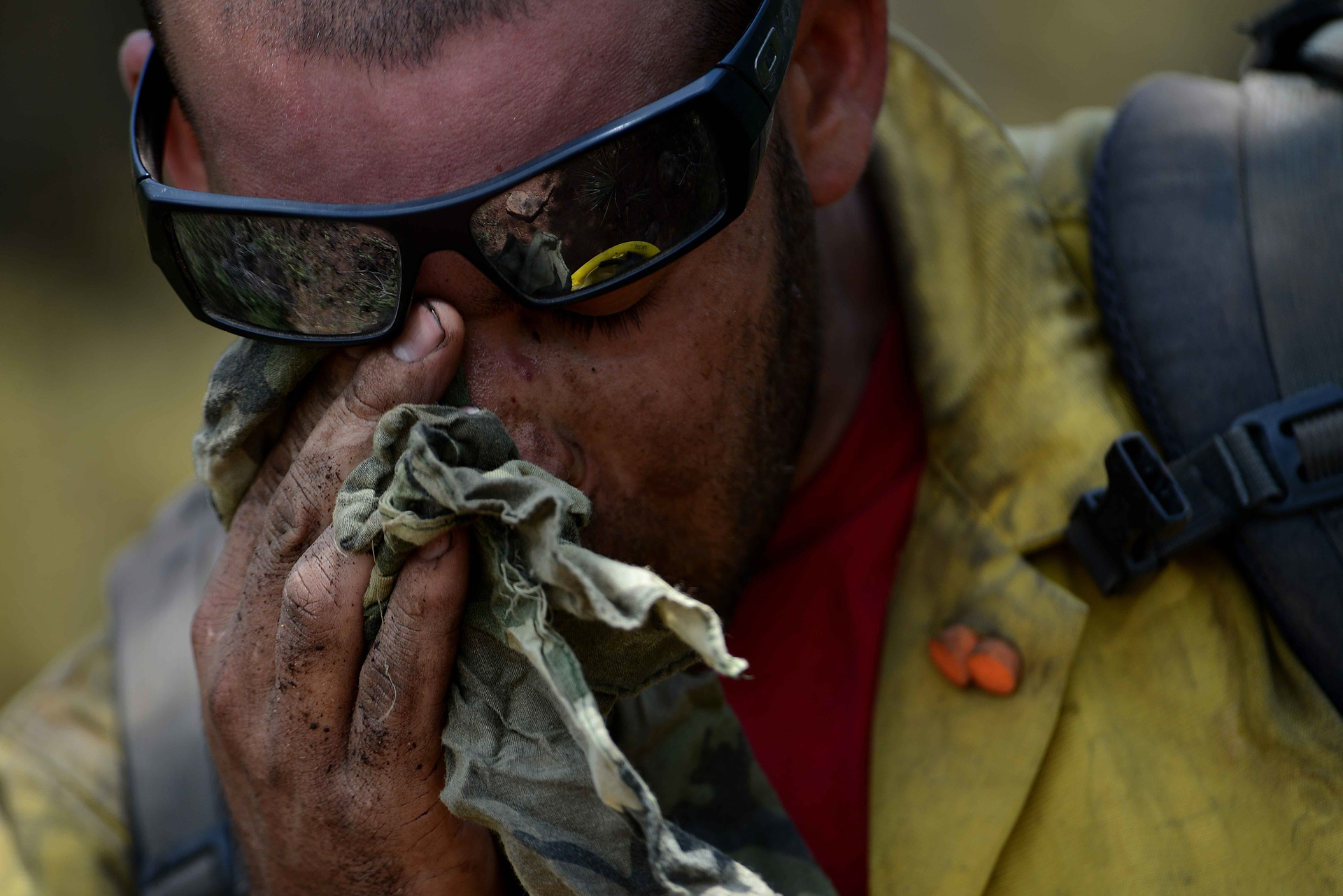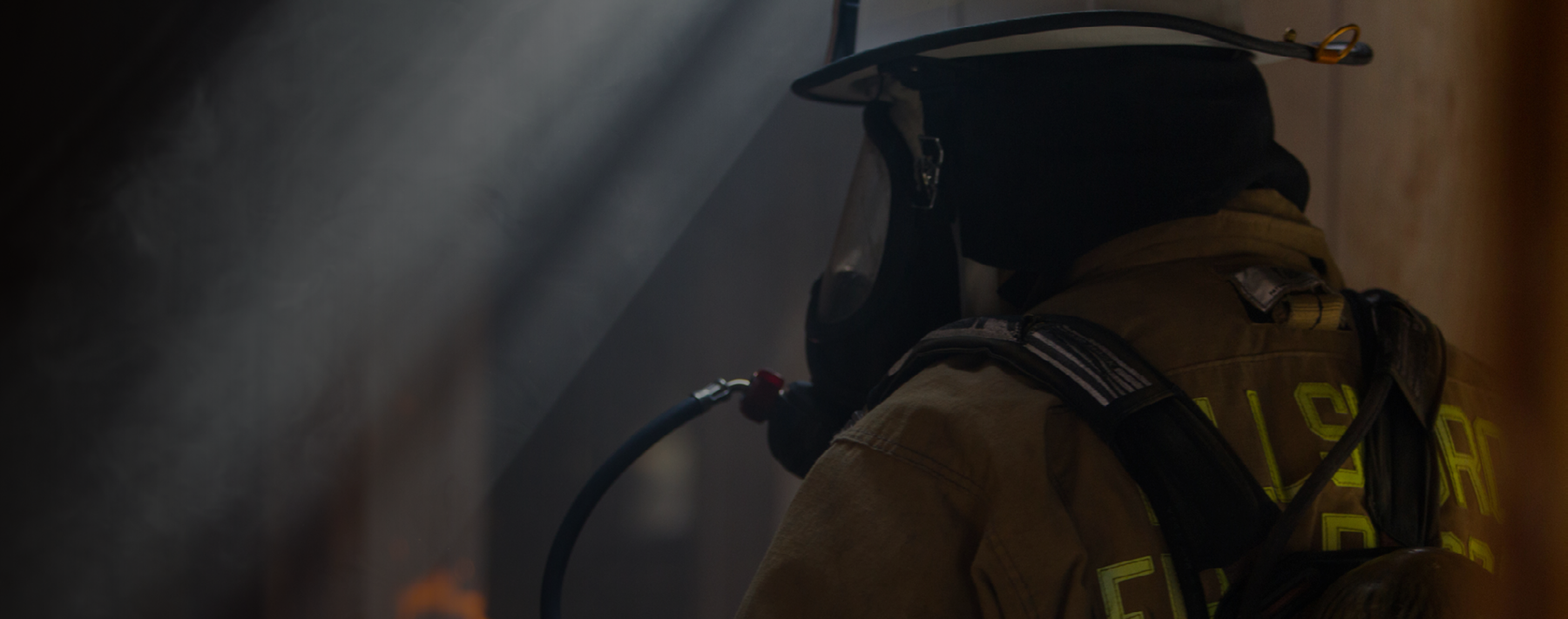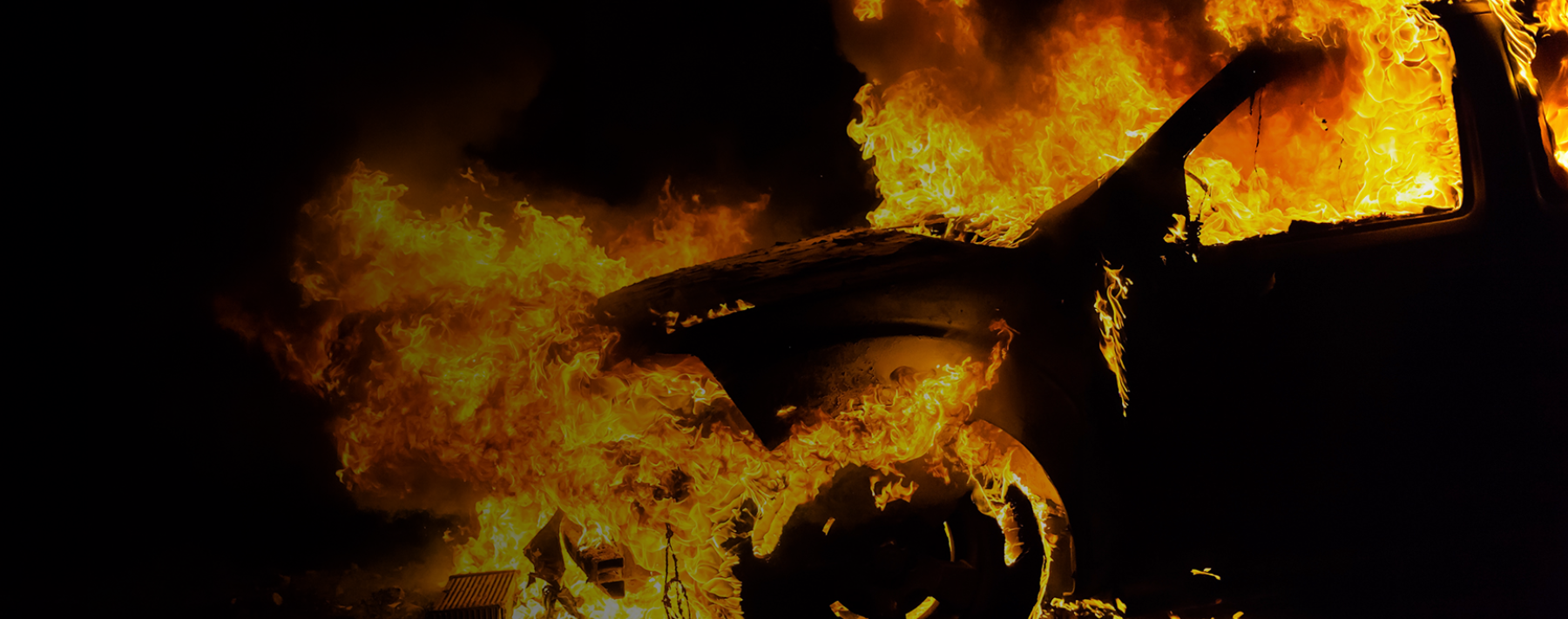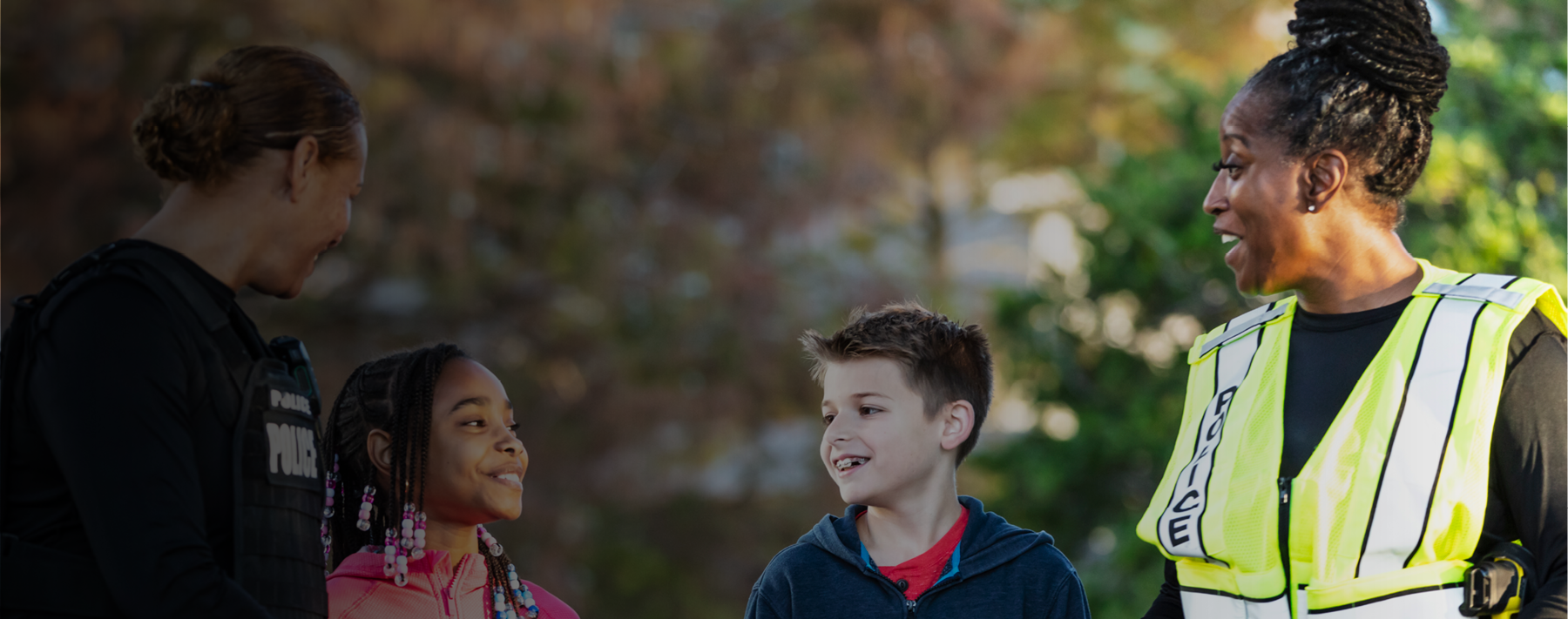
Your eyes are one of your most valuable tools; lose your sight, and a firefighting career is an impossibility. But when was the last time you thought about eye protection or discussed best practices with your crewmembers?
According to one report, eye injuries account for about 5% of firefighter injuries each year. That’s about 4,000 eye injuries with a direct and indirect cost of about $18 million per year. And yet nearly all of them are completely preventable.
Consider the following ways our eyes are at risk as firefighters:
- Firefighting exposes us to flying debris, smoke, glass and wind. From dumpster fires to structures fires, the danger of eye injury is there all the time.
- Most agencies in the West will respond to a wildfire incident in the hot months, whether it’s in your first-in district or on a strike team. Wildfires expose you to smoke, dirt, dust, ashes and flying debris. Even one little irritating piece of sand in the eye can take you out of service on an incident, endangering you, your crew and those we serve.
- Overhaul operations present hazards, too: Pulling ceilings, checking for extension, and opening walls and roofs can expose us to falling debris and thick dust and particles.
- Chain and rotary saw use or using an ax or pike pole, can all put our eyes at risk.
- Vehicle extrication operations using hand tools or mechanical tools create a huge risk of sharp objects being thrown toward our faces. Airbags, glass and metal debris are also factors to consider.
- Let’s not overlook what we respond on most: medical calls. Contamination can occur through the transmission of bodily fluids. Safety glasses are designed to create barriers to prevent the transmission of bloodborne pathogens.
- Finally, don’t forget about certain station duties, such as cleaning vents, using power washers, or sanding/sharpening equipment; they all can be an eye injury source. Even cleaning under or working on the rig poses a risk.
NFPA 1500 provides guidelines for proper use of personal protective equipment, including Section 5-10: Eye and Face Protection. Now is a good time to review this section along with your department’s PPE policy.
Who is responsible for ensuring firefighter eye protection is worn during incidents, training or special events and activities? You! Make sure you practice safe eye prevention measures at all times—and keep an eye out for your fellow firefighters to ensure they do as well!



